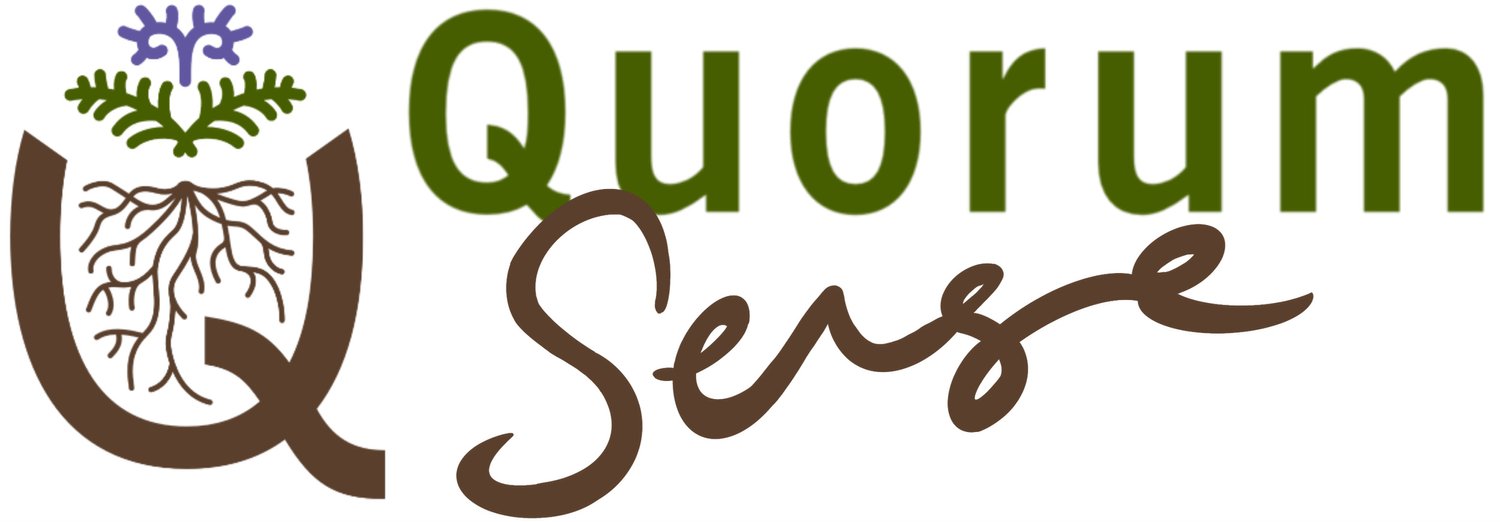Residue management and cover crops
Retaining crop residues and integrating cover crops are key practices that both protect the soil surface and keep living roots in the ground year-round. Both practices have their risks and challenges requiring careful planning and management. Check out the approaches take by Canterbury arable farmers David Birkett and Nigel Greenwood below.
Video description: David Birkett explains how 20 years retaining crop residues has improved soil health and organic matter.
Video description: Nigel explains how cover crops help keep a living root and a solar panel in the ground at all times.
More on residue management and cover crops
David Birkett: Increasing the speed of soil heath improvements
David has retained 50-100% of his crop residues for over 20 years, generally incorporated with cultivation, with slow but steady gains to soil health and organic matter. However, the addition of cover crops into his system has increased the speed of his soil health improvements, increased grazing income over the winter and benefited his cash crops by recycling nutrients such as phosphate which are then released to the following cash crop.
David’s cover crops:
David’s primary cover crop species are oats, phacelia and buckwheat. Often these are drilled into pea or bean stubble which volunteer and provide a legume component to the cover crop, fixing significant amounts of nitrogen if growing during the warmer months in late summer and early autumn.
David has about 15-20% of the farm in cover crops each autumn/winter depending on what stage of his rotation each paddock is in.
Nigel Greenwood: Maintain a living root and solar panel
According to Nigel, keeping crop residues in the paddock cycles the carbon back through soils and plants and benefits future cash crops. Nigel is also developing a system for sowing cover crops into existing cash crops so that the cover crops are established before harvest.
Nigel’s cover crops:
Examples of Nigel’s standard cover crop mixes are below.
Following cereals going into spring sown crop:
• 10 kg buckwheat (frost sensitive if late sown)
• 1.5 kg berseem clover
• 1.5 kg crimson clover
• 0.5-0.75 kg phacelia
• 3-4 kg sunflowers (included only if sown well before first frost)
• 10 kg vetch
• 30 kg oats
Following peas for autumn sown cereal/rye grass:
• 15 kg buckwheat
• 2.5 kg berseem clover
• 10 kg vetch (not included if next crop is rye grass)
• 0.5-0.75 kg phacelia
Related content on: cover crops, soil health
Tasmania farmer and food fanatic Matthew Evans shares his journey from chef and food critic to farmer-to-plate restaurant-owner via the wonders of soil health.
Allen Williams shares his inspiring learning journey, returning to farming after 24 years in academia and teaming up with Gabe Brown to impact millions of acres.
Kiwifruit orchard manager Levi Belcher shareds how he got started in the industry, and why he was attracted to soil health and regenerative practices.
.
Watch this webinar recording to learn from Soil Mentor's Abbey Rose how their app makes monitoring soil health on your farm easy and informative.
The diverse but brittle Central Otago landscape farmed by the Rutherfords has been transformed through soil health, regenerative management and holistic decision-making.
Cherryle Prew founded NZ’s only Soil Food Web lab 20 years ago. You’ll want to grab a cup of tea and a biscuit for this conversation!
The tables have turned for arable farmer Peter Legg, from initially learning off others’ knowledge and experience to now being someone others are learning from!
Andy’s research demonstrates complex interactions between physical soil structure and microbiome metabolism with significant implications for nutrient-use efficiency in soils.
In viticulture systems, cover crops can help reduce compaction, cut fertiliser use, improve water infiltration and lower pest and disease pressure.
Improving the relationship between soil and plant health is fundamental to helping cycle nutrients and increasing nutrient availability to the vines.
Innovative approaches being taken to explore alternative under-vine management that helps increase soil health and support healthy vines, yield and quality.
Following up our ‘Regenerative arable transitions’ case study, we deep-dive into regenerative arable production systems with David Birkett and the UK’s Clive Bailye.
Retaining crop residues and integrating cover crops are key practices that both protect the soil surface and keep living roots in the ground year-round.
Exploring different practices for building soil health and broader ecosystem health, which underpin the success of biological and regenerative arable systems.
In this wide-ranging discussion, regenerative advocate, educator and coach Nicole Masters talks about the unique opportunity facing New Zealand farmers looking to introduce regenerative farming practices.
David Birkett incorporates cover crops into his high value seed crops and has done an immense amount of trial work in decreasing synthetic inputs of crops and soil tillage.
Check out the high diversity cover crops being used by the Holdaway family on the 150ha vineyard to boost carbon cycling, beneficial insects and soil & plant health!
This video is only the Q&A session following Peter Barrett's presentation at the Quorum Exchange August 2019 in Leeston.
Peter Barrett from Linnburn Station, Central Otago shares how they use cover crops as a strategic tool to enhance soil health, productivity and performance.
Mixed arable farmer Simon Osborne describes his farm system and discusses his use of cover crops, companion planting and other techniques for improving soil health and crop performance.
Disclaimer: The information, opinions and ideas presented in this content is for information purposes only and does not constitute professional advice. Any reliance on the content provided is done at your own risk. (click here to view full disclaimer).




















